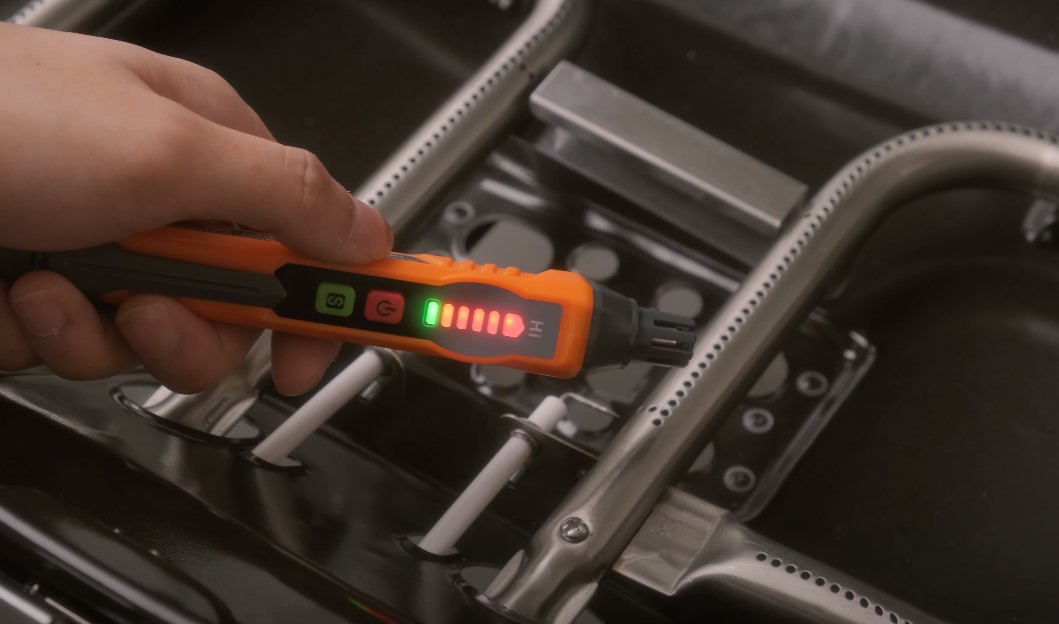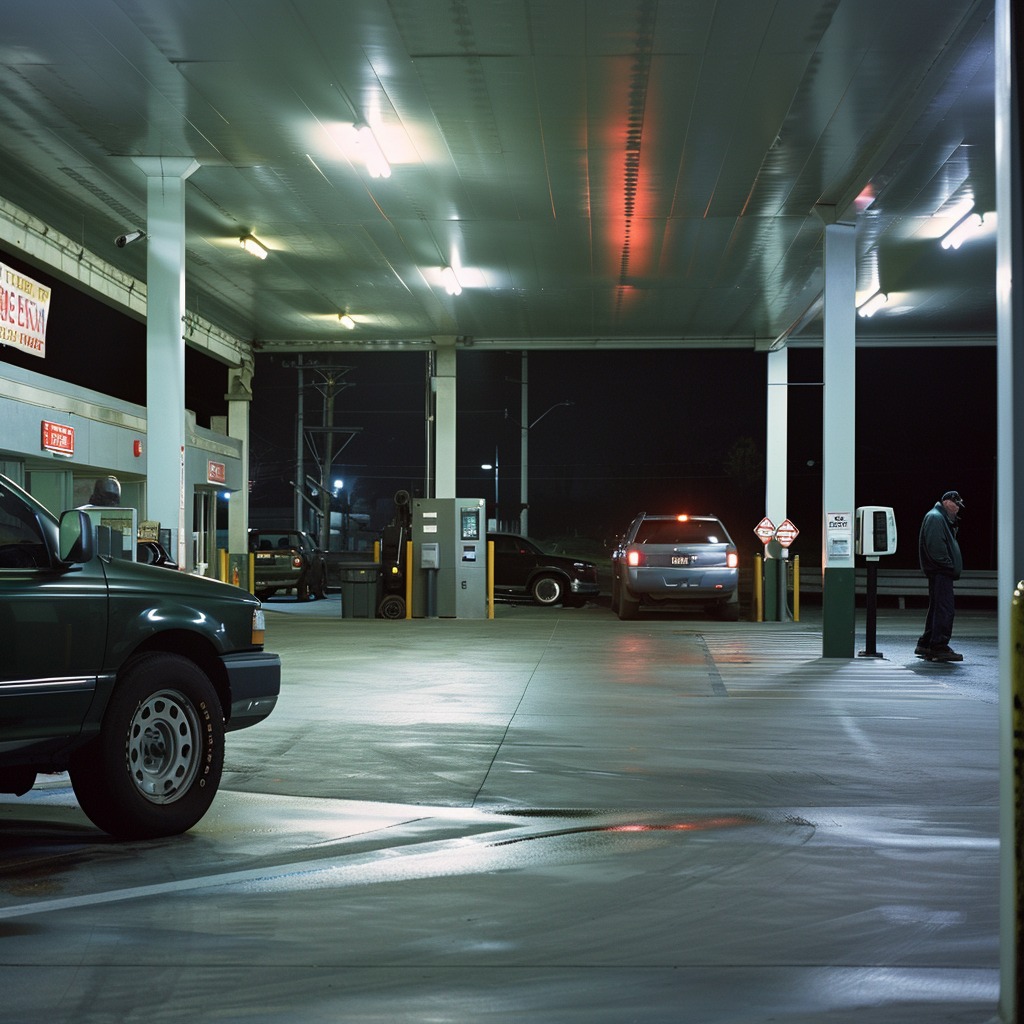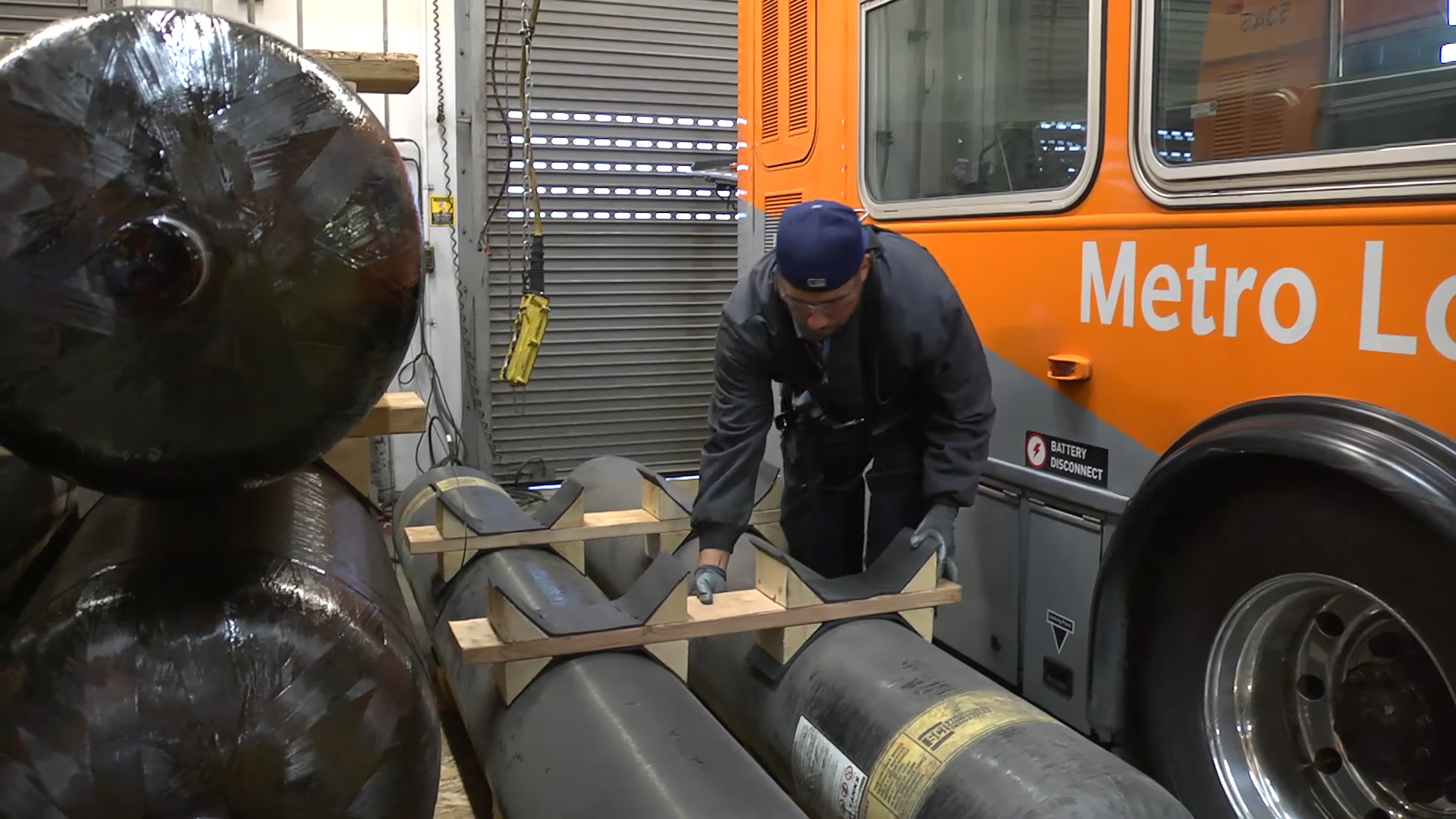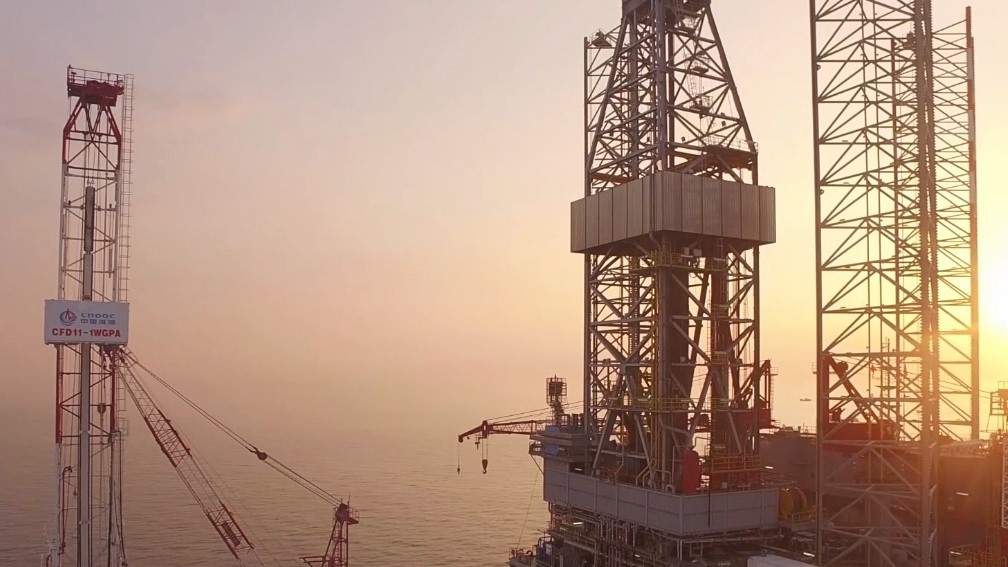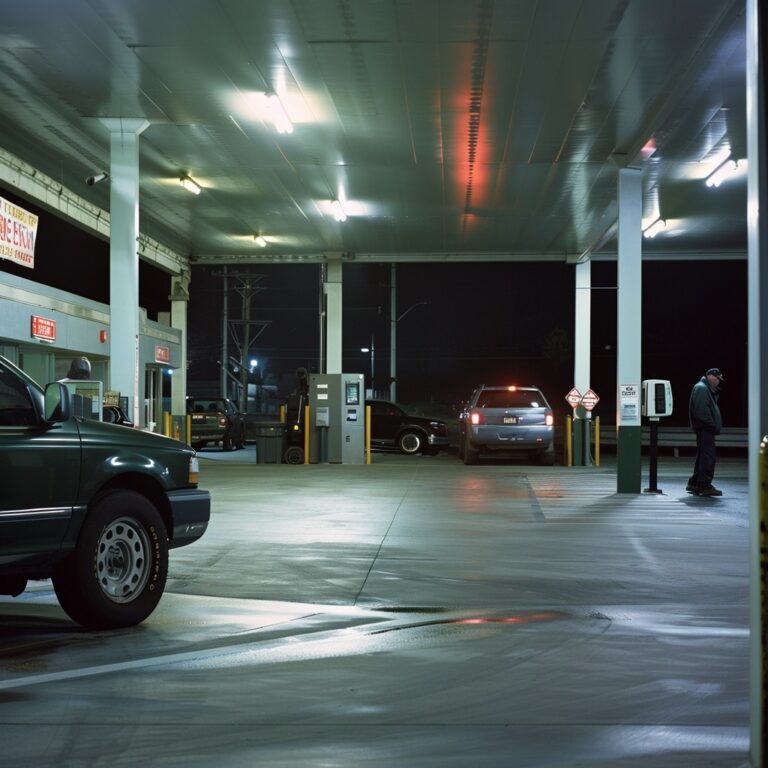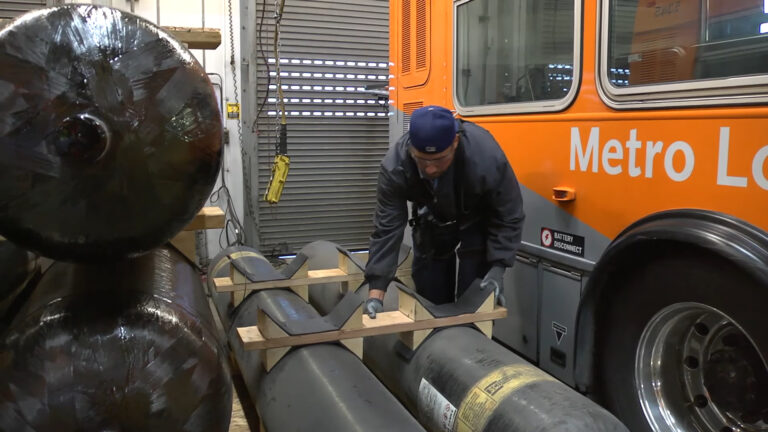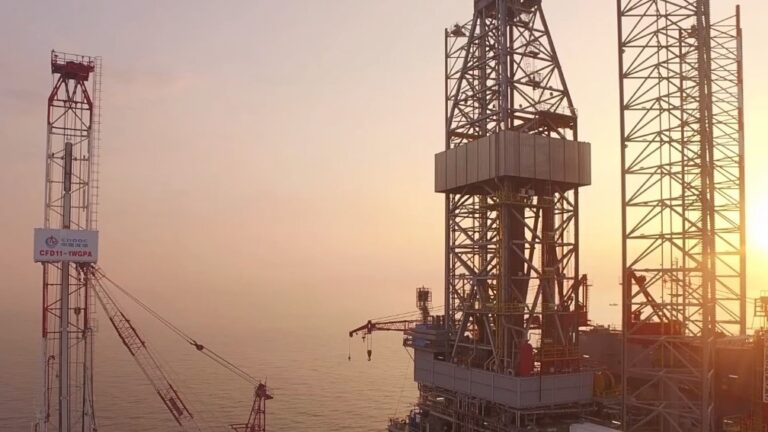Natural gas leaks, often undetected due to the gas’s inherent properties, pose significant risks to safety and health.
Recognizing the physical symptoms of a leak is not just a matter of convenience but of utmost importance for safeguarding lives and property.
Today, we will discuss six key physical symptoms indicative of a natural gas leak, providing readers with the essential knowledge to identify and respond to such hazardous situations effectively.
The Six Physical Symptoms of a Leak
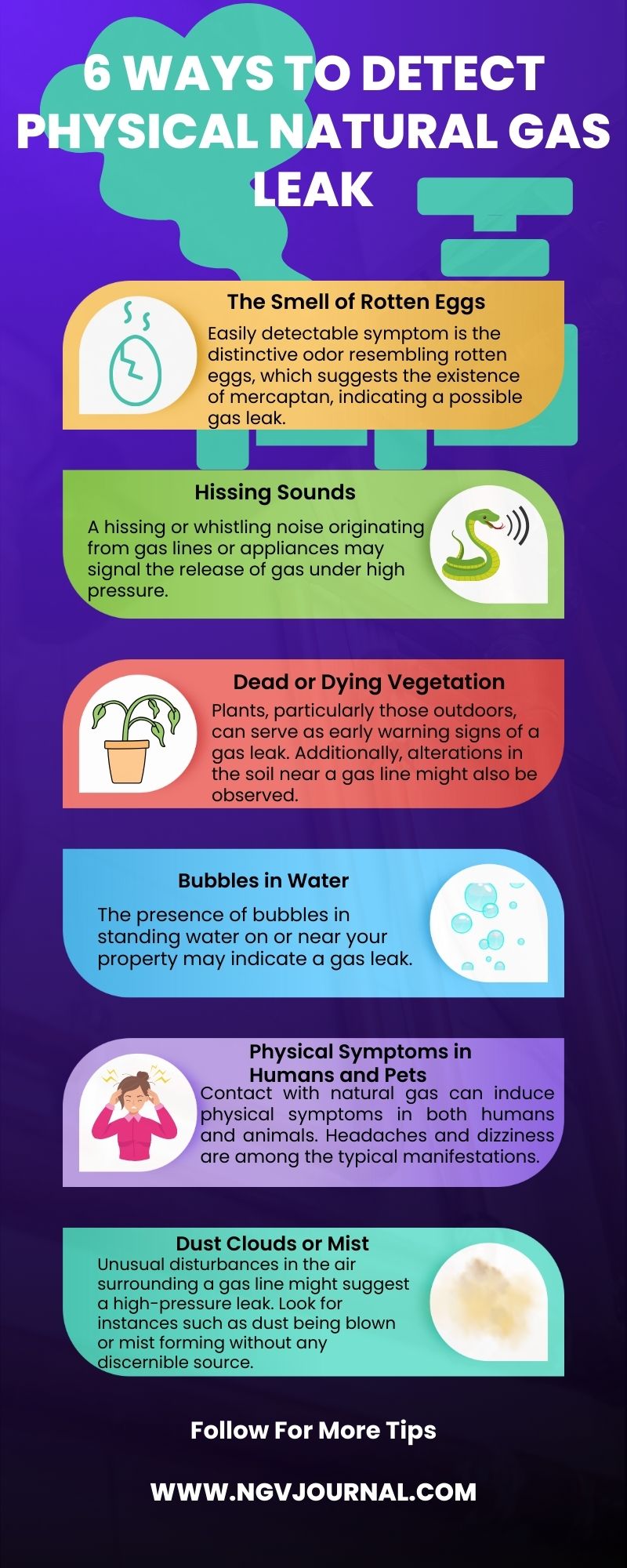
1. The Smell of Rotten Eggs
The most common and noticeable symptom is the distinct smell of rotten eggs. This odor indicates the presence of mercaptan, signaling a potential leak.
Recognize the Smell
- Intensity: The strength of the smell can vary based on the leak’s size and the room’s ventilation.
- Location: Pay attention to where the odor is strongest; this can help locate the leak’s source.
Responding to the Smell
- Safety First: If the smell is strong, immediately vacate the area and contact emergency services.
- Investigation: For a faint smell, safely inspect appliances and connections.
2. Hissing Sounds
A hissing or whistling sound near gas lines or appliances can indicate gas escaping at high pressure.
Locating the Sound
- Listen Carefully: The sound might be subtle. Turn off any background noise and listen to gas appliances.
- Check Appliances: Focus on connections and valves where leaks commonly occur.
Taking Action
- Avoid Ignition Sources: Do not use electrical devices or open flames.
- Professional Help: Contact a professional to inspect and repair the issue.
3. Dead or Dying Vegetation

Plants can be early indicators of a gas leak, especially outdoor leaks.
Signs in Vegetation
- Discoloration: Look for sudden yellowing or browning of plants.
- Wilting: Plants may wilt or die without an apparent cause.
Investigative Steps
- Check Nearby Lines: Observe if the affected vegetation is near a gas line.
- Soil Inspection: Sometimes, the soil around a gas line may also exhibit changes.
4. Bubbles in Water
Bubbles appearing in standing water on or near your property can signify a gas leak.
Identifying the Bubbles
- Consistency: Persistent bubbles, not caused by rain or other factors.
- Location: Common near outdoor pipelines or in basements.
Response Measures
- Visual Inspection: Check for cracks or damages in visible pipes.
- Professional Assessment: Get a technician to perform a more thorough inspection.
5. Physical Symptoms in Humans and Pets
Exposure to natural gas can cause physical symptoms in humans and animals.
Recognizing Symptoms
- Humans: Headaches, dizziness, nausea, eye and throat irritation, and fatigue.
- Pets: Similar symptoms, including lethargy and reduced appetite.
Health Precautions
- Immediate Action: If symptoms persist, seek fresh air and medical attention.
- Monitor Pets: Keep an eye on pets’ behavior and health.
6. Dust Clouds or Mist
Unusual airborne disturbances near a gas line can indicate a high-pressure leak.
Observing the Air
- Visual Signs: Look for dust being blown or mist forming without an obvious source.
- Near Gas Lines: Especially relevant for outdoor pipelines.
Safety Protocols
- Avoid the Area: Do not approach the suspected leak source.
- Report Immediately: Contact authorities to handle the situation.
The Invisible Danger
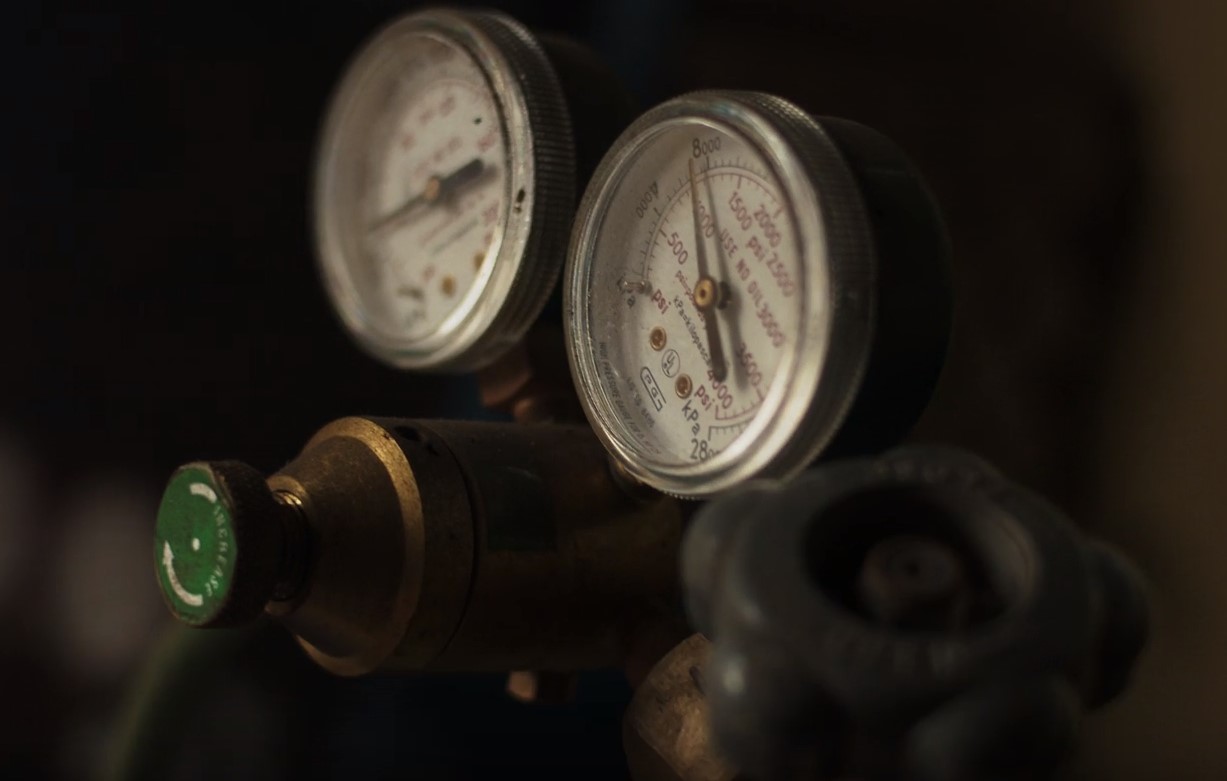
Natural gas, a widely used fossil fuel mainly consisting of methane, presents inherent risks due to its colorless, shapeless, and odorless properties in its pure form. Its extensive use in residential and industrial settings for heating, cooking, and electricity generation underscores the importance of recognizing the signs of a leak to prevent potential disasters.
The Hazardous Nature of Natural Gas Leaks
Natural gas leaks are particularly dangerous for two primary reasons:
Natural gas is highly flammable, and when it accumulates in an enclosed space, even a minor spark can result in a significant explosion. This risk makes it imperative that leaks are identified and addressed promptly to prevent potential catastrophes.
Prolonged exposure to natural gas can lead to a range of health issues. Even though methane itself is not toxic, it can displace oxygen in the air, leading to asphyxiation. Additionally, other components that may be present in natural gas, such as carbon monoxide, can cause poisoning with serious health implications.
Methods for Detecting a Natural Gas Leak
Given the dangers associated with natural gas leaks, effective detection methods are crucial:
To aid in the detection of natural gas, mercaptan—a chemical that emits a strong sulfur-like odor—is added. This distinct smell is often described as similar to rotten eggs and is easily noticeable, providing a critical first sign of a leak.
Besides the smell, there are other visual and auditory clues that can indicate a natural gas leak:
A hissing or whistling sound near gas lines or appliances can signal that gas is escaping.
If plants or grass suddenly die or discolor in an area over a gas line, a leak might be present beneath.
Unusual air movement or bubbling in standing water can also indicate a leak, as escaping gas disrupts the environment around it.
Further Explorations in Leak Detection
While odor and physical signs are helpful, they are not foolproof. Additional methods include:
- Electronic Gas Detectors: These devices can detect gas concentrations in the air and trigger alarms when unsafe levels are reached.
- Professional Inspections: Regular inspections by qualified technicians using advanced equipment can identify leaks that might not be obvious to the untrained eye.
- These inspections are crucial for safety in areas with extensive natural gas usage.
Preventative Measures and Regular Maintenance
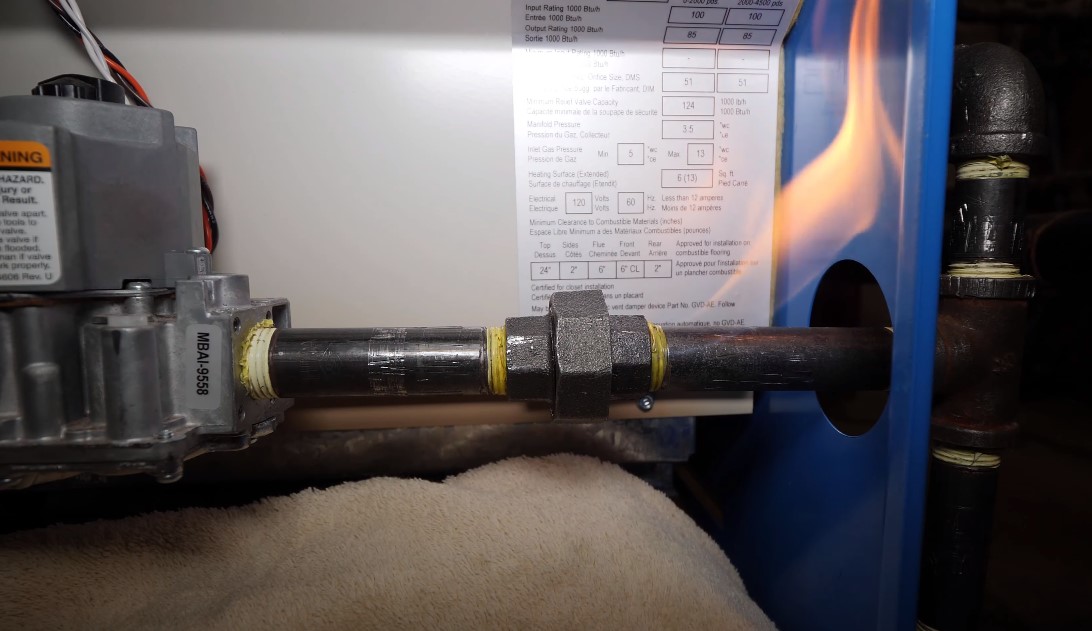
Preventing natural gas leaks is crucial for safety in both residential and industrial settings. Proactive measures, regular maintenance, and education can substantially decrease the risks associated with gas leaks. Here’s an expanded view on how to effectively manage and prevent these potential dangers:
Regular Inspections
Conducting regular inspections is key to early detection and prevention of gas leaks:
- Scheduled Checks: It’s important to have a professional technician inspect gas lines and appliances routinely. These experts can identify and address potential issues that may not be obvious to the untrained eye.
- Self-Inspections: Homeowners should be encouraged to become familiar with their gas installations and perform regular checks for any signs of wear, corrosion, or damage. Recognizing signs such as rust on pipes or loose fittings can prompt early interventions.
Up-to-Date Equipment
Keeping gas equipment modern and in good working condition is essential for safety:
- Appliance Upgrades: Older appliances not only use more energy but are also more prone to malfunctions that can lead to gas leaks. Ensuring that all gas appliances are modern and well-maintained can prevent such issues.
- Quality Materials: When repairs are necessary, using high-quality materials can reduce the risk of gas leaks. Inferior materials might degrade faster under the same conditions, increasing the likelihood of a failure.
Educating Household Members
Awareness and proper education are vital components of preventing gas leaks:
- Information Sharing: Creating a culture of safety starts with informed individuals. Ensure all household members understand the characteristics of a gas leak and the steps to take if one is suspected.
- Emergency Plan: Establish and regularly update a clear emergency response plan. This plan should outline the steps to take in the event of a gas leak, including how to shut off the main gas valve and evacuate the premises.
- Knowledge Sharing: Teach household members to recognize the smell of mercaptan (added to natural gas for detection) and other indicators of a gas leak, such as the sound of hissing or seeing a white cloud near a gas line.
Regular Drills
Practice makes perfect, especially in emergency situations:
- Practice Evacuations: Regular drills help ensure everyone in the household knows how to act swiftly and safely in the event of a gas leak, reducing panic and increasing the likelihood of a safe evacuation.
- Emergency Contact Numbers: Keep a list of emergency contact numbers (including the gas company and emergency services) readily accessible in multiple locations around the home. Ensure everyone knows these numbers or has them stored in their personal devices.
How to Respond
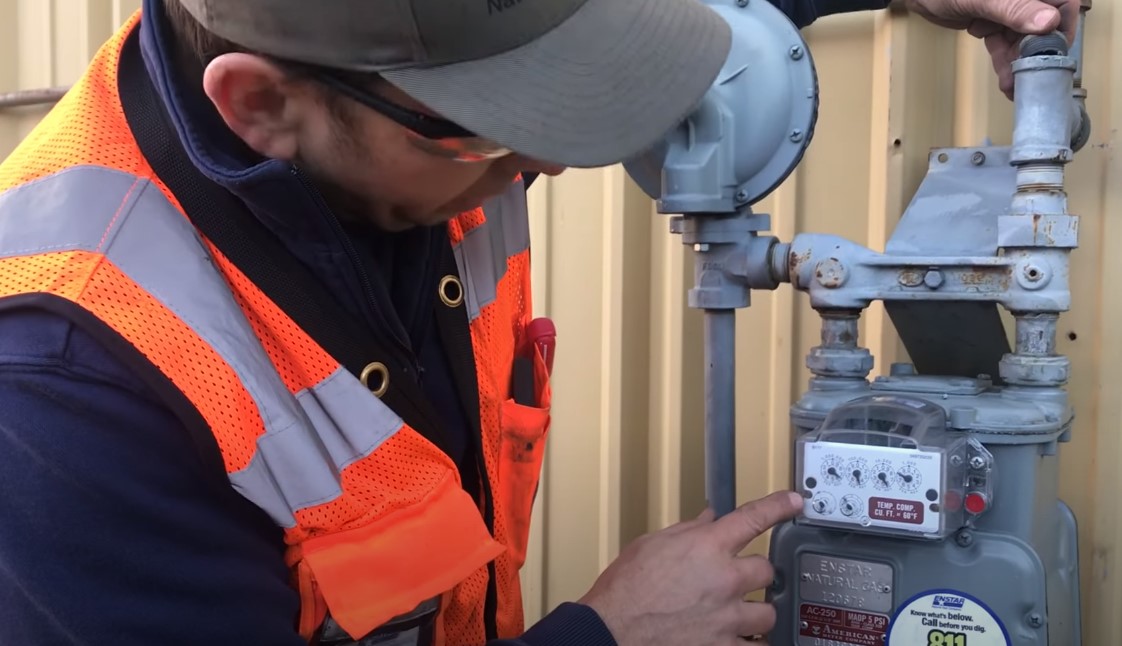
Quick and appropriate action can prevent a minor leak from turning into a major disaster.
What to Do
- Do Not Panic: Stay calm to make rational decisions.
- Evacuate: Leave the area immediately if the smell is strong or if you hear a hissing sound.
- No Electrical Switches: Avoid using any electrical switches, including lights, as they can ignite the gas.
After Leaving the Area
- Call for Help: Once you are at a safe distance, call the emergency services or your gas provider.
- Do Not Return: Wait for the professionals to give you the all-clear before going back.
Professional Intervention
Handling a gas leak should always be left to the professionals.
Expectations
- Inspection: The professionals will inspect your property to find the source of the leak.
- Repair and Testing: They will repair the leak and conduct tests to ensure that the area is safe.
Post-Intervention
- Follow-up Checks: Additional checks may be necessary to ensure everything is functioning properly.
- Safety Certification: In some cases, you may receive a safety certificate after the repair.
Final Words
Recognizing these six physical symptoms of a natural gas leak can be the difference between safety and disaster.
Regular maintenance, awareness, and timely action are key to preventing and addressing gas leaks. Stay vigilant, stay informed, and stay safe.

